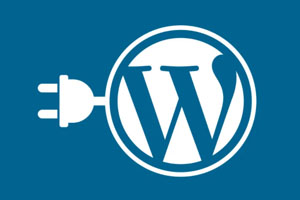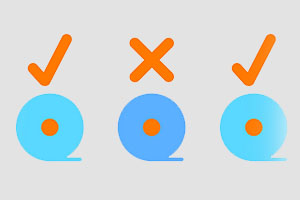 Businesses take great care selecting the preferred language to describe their products, explain services, and represent their brand. Communication always considers the appropriate industry norms and requires accuracy regarding technical aspects.
Businesses take great care selecting the preferred language to describe their products, explain services, and represent their brand. Communication always considers the appropriate industry norms and requires accuracy regarding technical aspects.
However, many companies have different product divisions and departments that produce their own materials, independent of each other. The brand message and corporate identity can be further divided when localization occurs. Different departments may use various providers to create translated content. Though it is understandable how this happens, it does not forgive an inconsistent brand message, disjointed corporate identity, or unsatisfactory client experience.
Does your company have an answer to this very important question – who is responsible for ensuring consistency?
Implementing Solutions
Consistency is a key quality control metric. Uniformity when establishing product or service protocols are a given. However, standardization is often overlooked with an organization’s language.
How can you ensure consistency throughout your organization – from marketing materials to technical document? Establish a corporate language protocol with input from all departments and divisions.
If all content creators have the same standards, you will have:
- Corporate consistency
- Improved customer communication
- Efficiency with time to market
- Improved translated content
- Risk reduction through improved comprehension
- Production savings
Create a Corporate Glossary
A glossary will ensure only approved terminology and phrases are used in corporate materials. This should include marketing materials, instruction manuals, websites, product specifications, user guides, instruction booklets and catalogues. “What do we call things?” is in integral part of team education and corporate standardization.
This applies not only to the source documentation, but localized content as well. Ensuring your translation providers are all on the same page with an approved terminology database is extremely important. Even if different divisions call upon various providers, a governing set of guidelines should be implemented and provided. Your translation partner can assist with creating a glossary by pulling key terms from your materials, providing suggested translations, and then asking your team to approve or revise the term. Many partners already include this in the scope of their work, and you may only need to request a copy. If you have many different providers, then you will need to request all versions, review internally and then provide a final approved glossary for all to implement.
The glossary is integrated with the translation memory database. Updating and maintaining the terminology database should be within a translation project’s parameters when you return review comments. Translators use industry tools to create this database to not only ensure consistency, but to also provide cost and time savings. Always ask your translation partner if they will assist with the creation of a glossary, allow for your company’s preferences, update the database with review comments, and provide this asset upon request. The last aspect is critical to not only to share with other translation partners, but also to protect your investment. It is only with the translation memory database (abbreviated as TM) that you will be able to reuse and repurpose content as well as ensure consistency between providers.
Establish Brand and Style Guides
A style guide is a common requirement especially when producing technical content. When was the last time your company reviewed your style guide? Are all departments and divisions implementing the updated version?
Style guides assist with:
- Measurement standards
- Acronyms
- Preferred language tense
- Style and tone
- Currency
- Punctuation
Does your translation provider also create a style guide specific for your company? Ensure it is updated and reviewed on a consistent basis. Localized style guides will have differences from your source style guide. For example, rules regarding letter case vary by language. Days of the week and months are capitalized in English, but they are not in Spanish.
Your company’s preferences should also be consistent in the localized style guides. This is particularly true with measurement. Some companies what both units listed – for example pounds and ounces with litres and grams. Others only want the preferred unit used in the localized material.
All translation partners should have a consistent style guide to follow regarding your preferred style and brand standards.
Remove Ambiguity
Clear and concise language is always the goal. Ensure content is reviewed for clarity. Customers always trust a brand that is easily understood – in any language. The global marketplace requires consumer comprehension. Idioms, jargon, and slang are cultural pitfalls that could mean a miscommunicated message, insult, or injury. If there are signs, symbols, or acronyms in your content, ensure they are properly explained. This is important not only in the source documentation but especially when localizing or translating information for another market.
Implementing corporate language protocols will result in quality content and a trusted brand identity. Consistent corporate language is established with style guides, approved terminology, localization standards, and ensuring oversight of your company’s written assets.
____________________
Terralingua is an ISO 9001 and 17100 certified translation agency that partners with global businesses. Please visit our website to contact a client specialist, who can answer your translation questions and provide a budgetary proposal.
 A translation’s success hinges not only on accuracy and quality, but also on meeting important deadlines. How can you assist your language service provider with faster turnaround times? These considerations will help to fine tune content to ease the translation process and reduce delays due to clarification requests.
A translation’s success hinges not only on accuracy and quality, but also on meeting important deadlines. How can you assist your language service provider with faster turnaround times? These considerations will help to fine tune content to ease the translation process and reduce delays due to clarification requests. 







